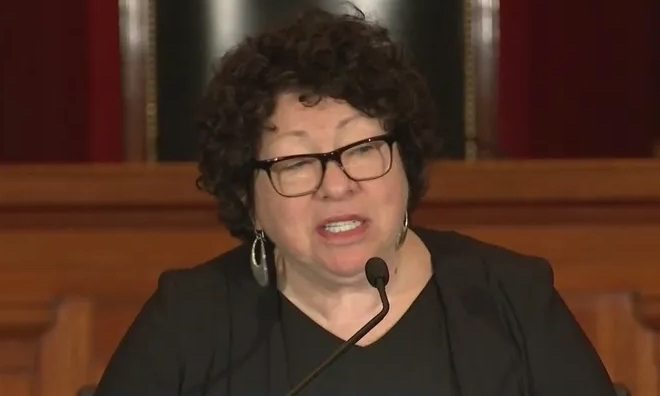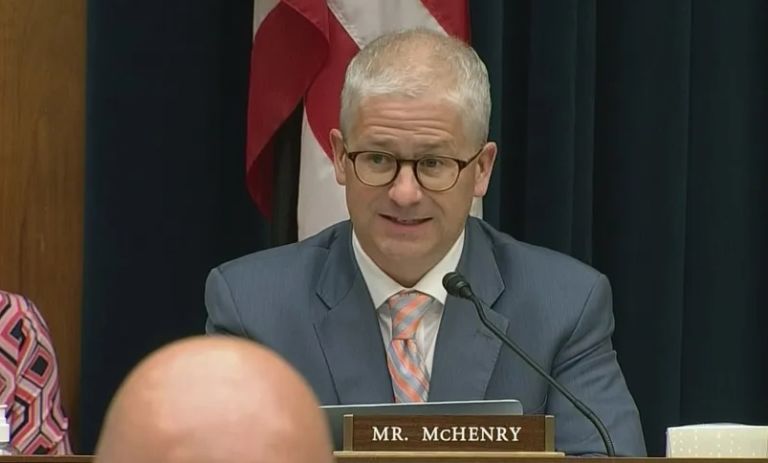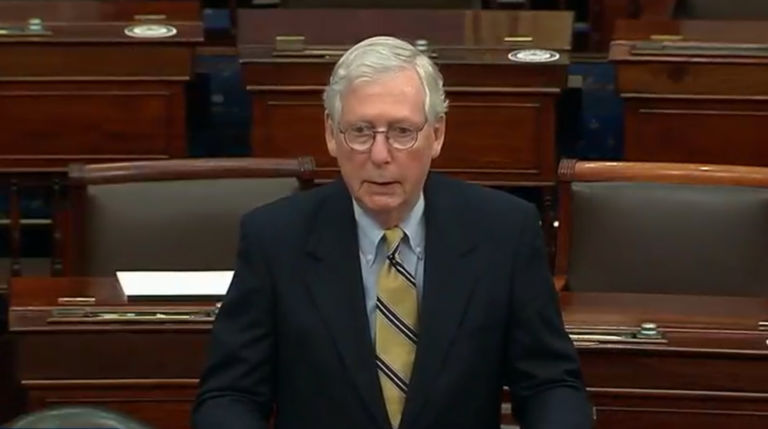Anthony Hennen of the Martin Center focuses on pension spiking within the University of North Carolina System and state community colleges.
In 2014, the North Carolina legislature passed a law to curb “pension spiking” among public employees. Pension spiking is when a worker dramatically increases their compensation at the end of their career to boost their pension (usually by converting benefits such as vacation or sick time pay), which creates a liability in the pension fund.
The law, however, hasn’t put an end to pension spiking. The law doesn’t ban spiking—it only requires government agencies to pay for the liability created by spiking. Among North Carolina’s public colleges, pension spiking is an seven-figure problem that drives up costs for taxpayers.
The University of North Carolina system and North Carolina’s community colleges have been charged almost $8 million for pension spiking since 2015, according to public records from the state treasurer’s office. UNC schools have the most instances of pension spiking, but community colleges have some of the largest totals for individual retirees.
Thirteen UNC schools were billed for pension spiking, along with UNC Health Care and the UNC General Administration. Fourteen community colleges and the state community college’s general administration were all invoiced as well. At Guilford Tech, Edgecombe Tech, Wake Tech, Nash CC, Lenoir CC, Robeson CC, and Caldwell CC, the pension spiking bills for individual retirees exceeded $150,000.
When a retiree triggers the pension spiking law, the state treasurer sends an invoice to the agency responsible. The logic is that if local governments allow pension spiking, they have a responsibility to pay for it. UNC schools, cities, school districts, and even the General Assembly have received invoices. Since 2015, the treasurer’s office has sent out 289 invoices to government agencies, who have been charged $25.8 million for pension spiking. The majority have been paid.


